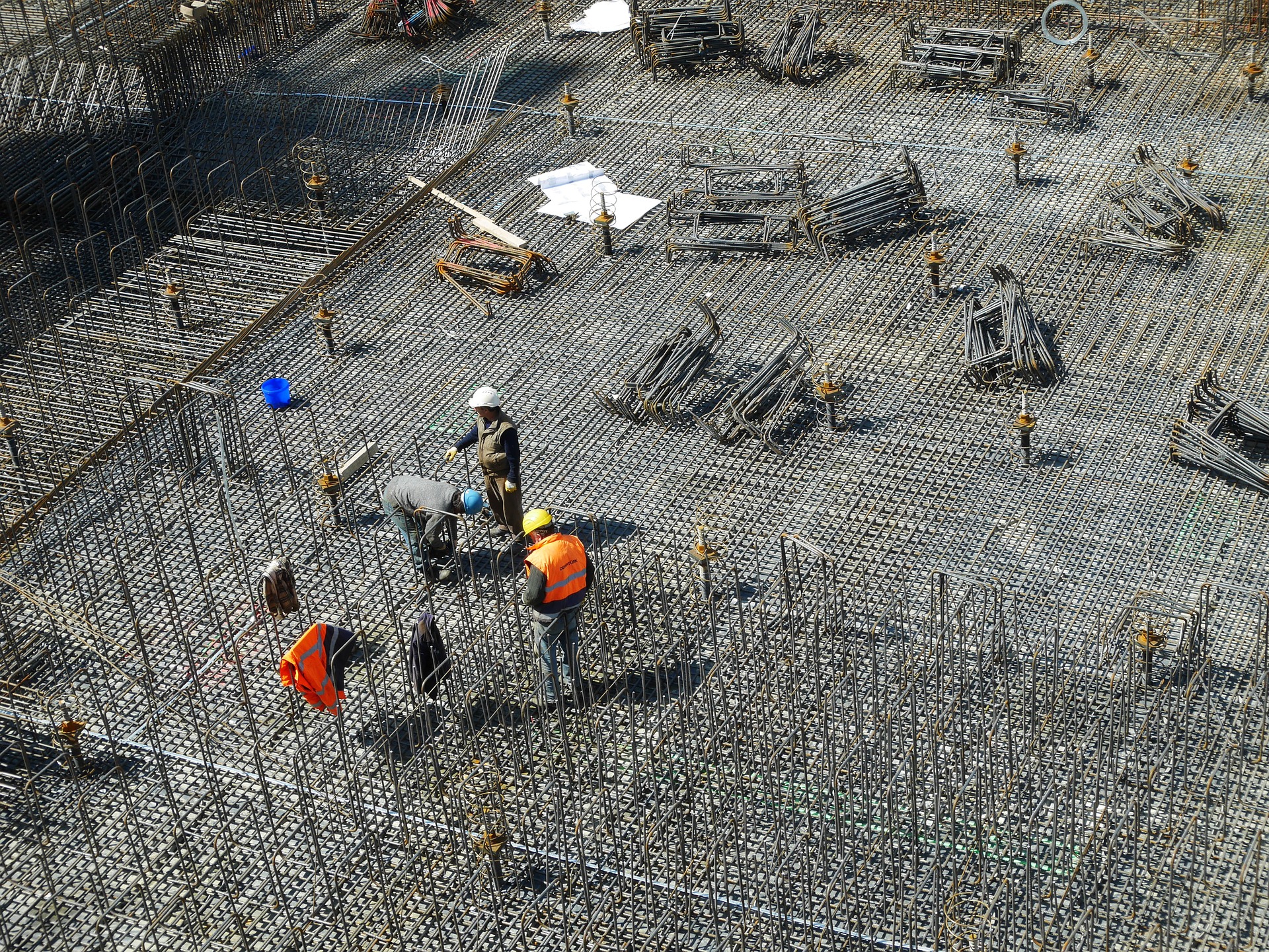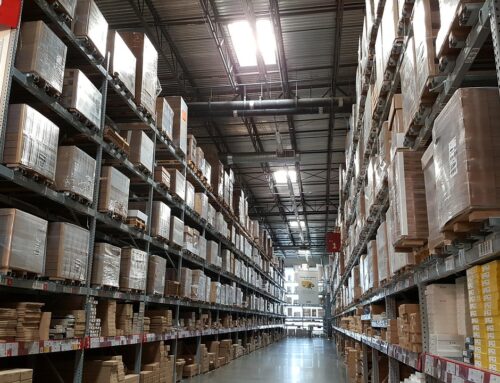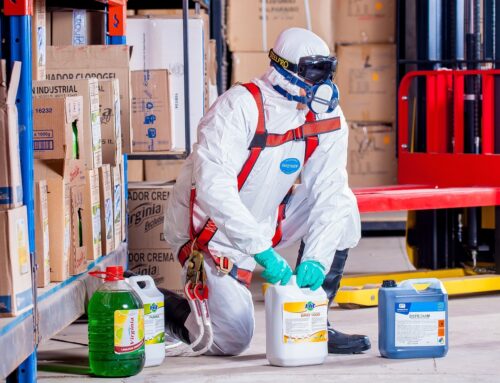Technology can be beneficial in many unique ways. Many machines and devices have been developed and evolved to help where people live, play, and work. Think of the evolution of the camera – from a bulky multi-step apparatus to a single-step, high-quality camera in your pocket. The camera has been even further utilized in creating unmanned aerial vehicles known as drones.
Drones are small, lightweight devices that utilize two or more rotors to hover or fly. Classified as unmanned aircraft, these devices feature cameras for video or photos and may also use Light Detection and Ranging (LIDAR) and thermal imaging. To fly the drone under the FAA’s Small UAS Rule (Part 107), the operator must have a Remote Pilot Certificate from the FAA.
The Federal Aviation Administration estimates that there are more than 1.5 million registered drone users in the United States alone. While most of these drones are utilized for recreational purposes, nearly 500,000 of these drone registrations reflected commercial purposes – traditionally in news coverage, real estate marketing, and agricultural applications.
Drones Used in Construction Safety
DroneDeploy is a cloud software platform-maker for commercial drones. According to the company’s data, there has been a 239% increase in usage of drone technology in recent years – and much of this increase comes from the construction industry. In fact, drones are becoming a critical aspect of operational efficiency, according to the most progressive construction companies. Drones are used for surveying and monitoring the job site for OSHA compliance, providing an eye-in-the-sky for safety and health professionals.
The eagle-eye view of the site provided by the drone helps with accurate decision-making and planning based on real-time data. The drone offers insights that can track progress, monitor the pace of the work, provide information on the surrounding conditions, and compare real-time progress with pre-project map plans.
One of the essential roles that drones can play in construction is the ability to identify potential issues early before costs or delays get out of control. Aerial video images can facilitate the visualization of existing hazards such as power or gas lines, property boundary lines, or nearby waterways.
Identifying potential issues in the early stages is also vital to meeting building and zoning codes, OSHA standards, and regulations. This is important because if these regulations and timelines are not met, there can be severe fines and even project shutdowns. When employee safety – and millions of dollars – are on the line, it is preferable to take proactive action rather than being forced to react.
Examining aerial photos of a worksite before construction begins can assist management in identifying the safest location for entrance and egress and muster points in case of emergency. Drones can also investigate and map precarious parts of the property, eliminating the need for workers and equipment to climb steep banks or go into dangerous situations. The time and date stamps on the photos can also be helpful in the case of litigation, as the construction company can use them to prove the true situation on the ground if need be.
Information garnered from drone photography and video allows estimators, superintendents, project managers, and safety professionals to design proactive strategies to help the project team meet its deadline and safety goals.
If You Have Been Hurt
Unfortunately, not every job site is 100% safe. If you have been injured on the job and are looking for financial restitution, call the legal experts at Probinsky & Cole. We have offices in the Sarasota, Tampa, and Orlando areas to help with your worker’s compensation claims.








